Doc By Day, Wildlife Photographer Always: 10 Phenomenal Clicks By a Heart Surgeon
A renowned heart surgeon at the Asian Heart Institute, Dr Ramakanta Panda spends his free time in various national parks of the country and the wilderness worldwide, capturing the essence of animals in their natural habitat.
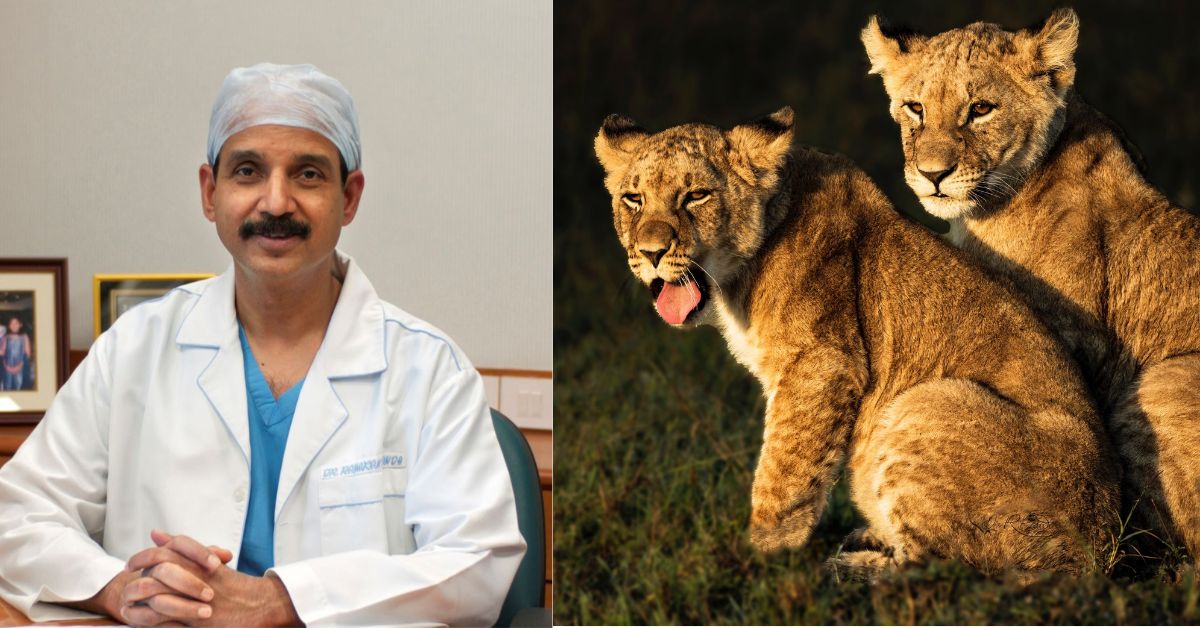
When it comes to conservation and respect for the wild, Padma Bhushan awardee Dr Ramakanta Panda and nature are on the same page. A major chunk of the heart surgeon’s day is spent tending to patients at the Asian Heart Institute in Mumbai, which he established in 2002. This leaves little time for other things.
However, whenever he does manage an escape from his busy schedule, he ventures into the wilderness with his camera and some food supplies.
Two life lessons, he says, that wildlife photography has taught him are patience (“I once waited for six hours over two days at 45 degrees Celsius to get a photograph of a tiger couple mating”) and honour for the subject — lessons that have stood him in good stead both in the wilderness and outside.
His photography journey is as compelling as his medical one.
He trained under the renowned Dr Denton Cooley — famed for the first successful human heart transplant — whose interview he chanced upon in Class 9. Since then, matters of the heart held a fascination for him and there was no looking back. Despite a lucrative career at the Cleveland Clinic, in 1993, Dr Ramakanta returned to India in an attempt “to offer the kind of advanced medical treatment that’s taken for granted overseas.”
Many would ask how pursuing a career in medicine allows time for hobbies, but Dr Ramakanta points out they expand the mind. “It [photography] has helped me focus better in my medical profession too. As you delve deeper into an unknown subject, you tend to look at life from a broader perspective as well.”
The city’s majestic bird population of more than 1,300 species compels him to venture into nature and get clicking. But, the numbers are dwindling, he warns. “Unless we protect and preserve, our next generation will see wildlife of any kind only in zoos.”
Through his photography, Dr Ramakanta is on an escapade to capture these beauties of nature, which he will be showcasing at Mumbai’s Jehangir Art Gallery from 21-27 November, 2023.
Here’s a preview.
1. Golden-fronted green leafbird

The shot was captured within the scenic Karnala Bird Sanctuary in Panvel, which Dr Ramakanta says is renowned among bird enthusiasts in Mumbai and the rest of Maharashtra. “The sanctuary houses over 222 bird species, of which 160 are resident birds. This makes this sanctuary a popular and vibrant site for bird-watching.”
2. The big cat
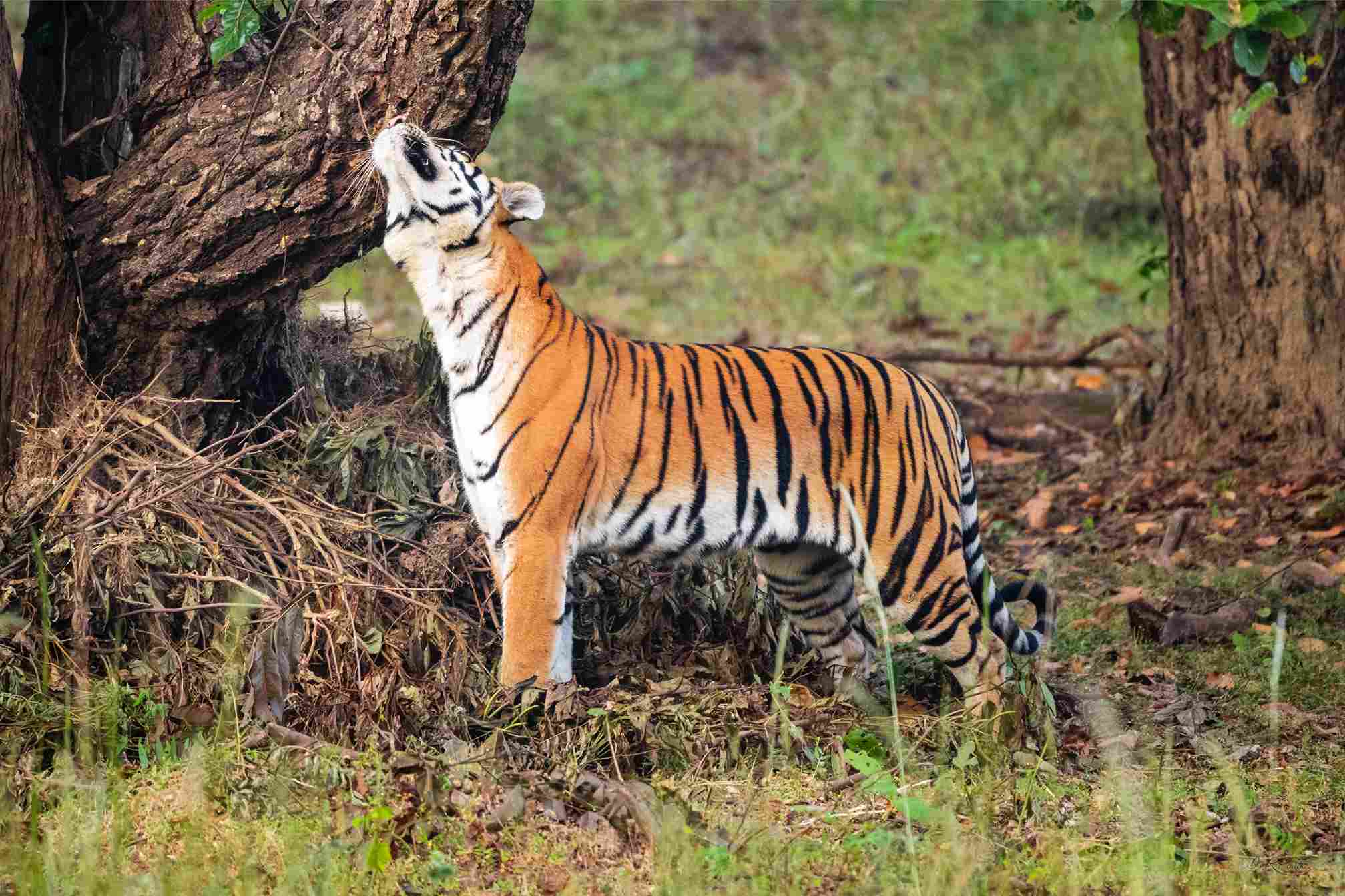
At the Kanha National Park in Madhya Pradesh, tigers enjoy the vast expanse of grassland. “Kanha stands as a pinnacle in effective tiger conservation within the nation,” points out Dr Ramakanta who himself has spent many weekends at the park admiring its wild entities. He shares his observation of finding the staff here some of the most devoted and sincere professionals. The park’s efforts in tiger conservation were applauded as the tiger census of 2022 revealed a rise in the population of the beast from 2,967 in 2018 to 3,167.
3. The lions of the Mara

The horizons of the savannah wilderness in Southwestern Kenya are dotted with beasts that roam so freely, that the scene could well pass off for a still from the ‘Lion King’. Masai Mara is touted as a photographer’s paradise and rightly so.
Sharing about this click, Dr Ramakanta says it was taken during the ‘grand migration’, which starts around July and sees over 1.5 million wildebeest arriving at the Mara from Tanzania’s Serengeti.
4. The white-bellied sea eagle

Growing up in Odisha, Dr Ramakanta’s earliest memories of photography took shape here. One of the places he frequented as a young boy was the Bhitarkanika National Park. “The Park is celebrated as one of the nation’s finest mangrove forests. It lies along the Odisha coast and provides an invaluable habitat for various species,” he shares.
5. The spotted cat
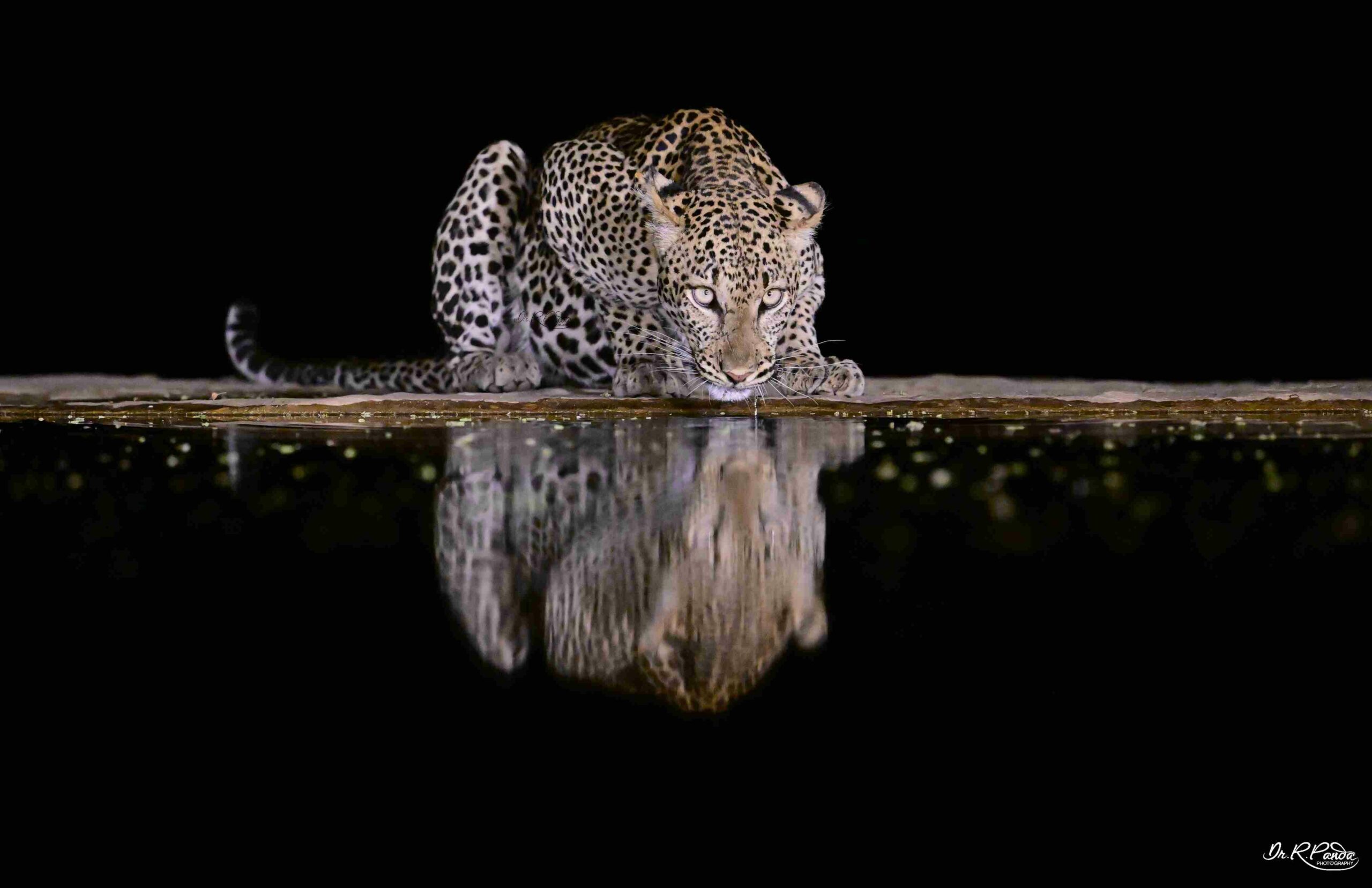
In the shot, a leopard can be seen quenching its thirst at a waterhole in Kenya. Explaining why this picture is special to him, Dr Ramakanta says it is an example of ‘hide photography’. “The unique setup places photographers in underground bunkers at water level, affording silent and intimate shots of animals as they approach the water source.”
6. The spotted owlet
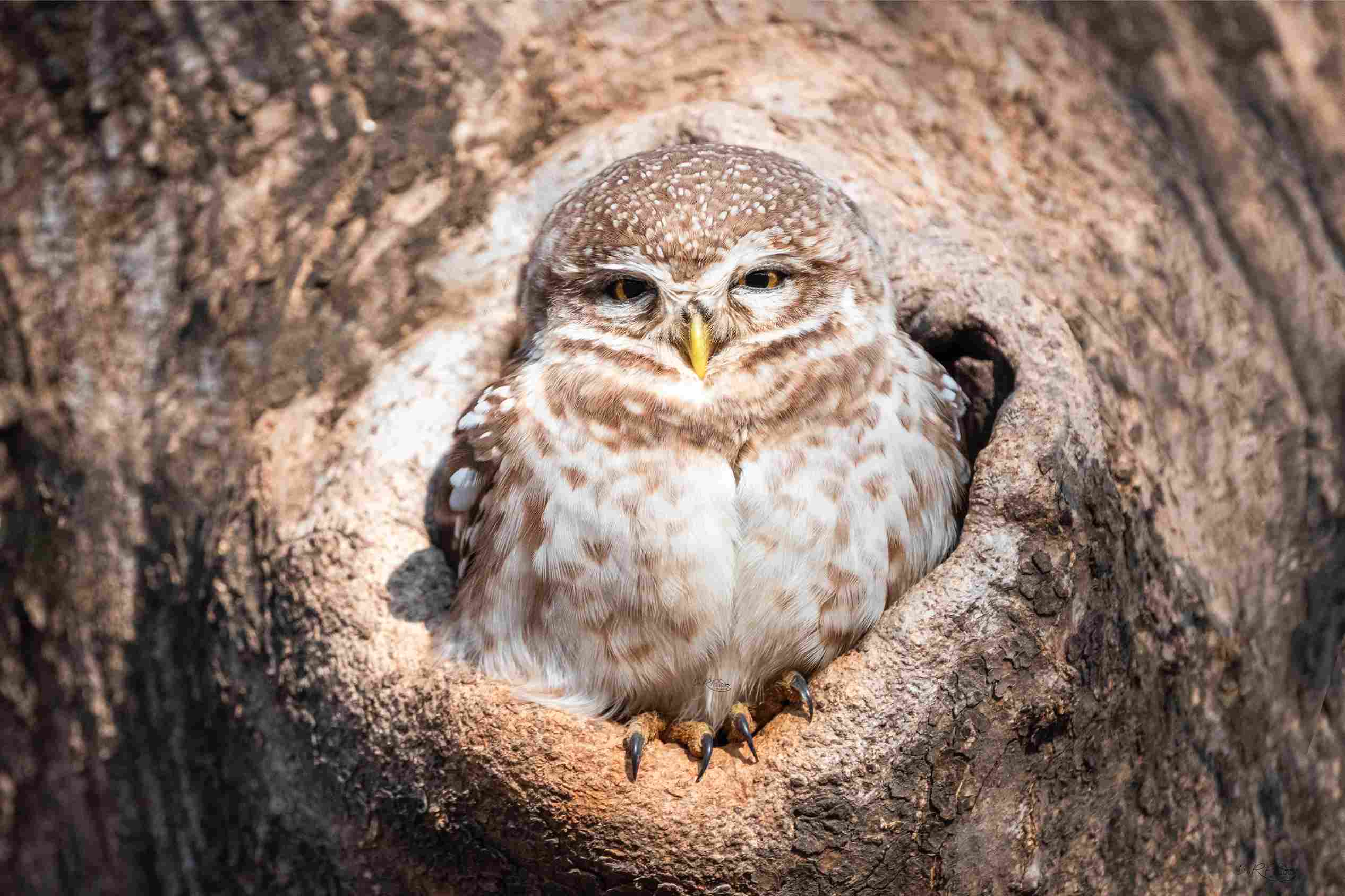
While the Ranthambore Tiger Reserve is famed for its tiger population, it also offers a haven for avian enthusiasts, such as this heart surgeon. Dr Ramakanta has frequented the reserve numerous times for bird watching and shares one of his clicks of the coveted spotted owlet.
An adult of the species is around 21 cm in size, and they are most abundant during the breeding season which spans January through April. He asks to keep an eye on the tree cavities as that’s where they are most prominent!
7. Lion cubs
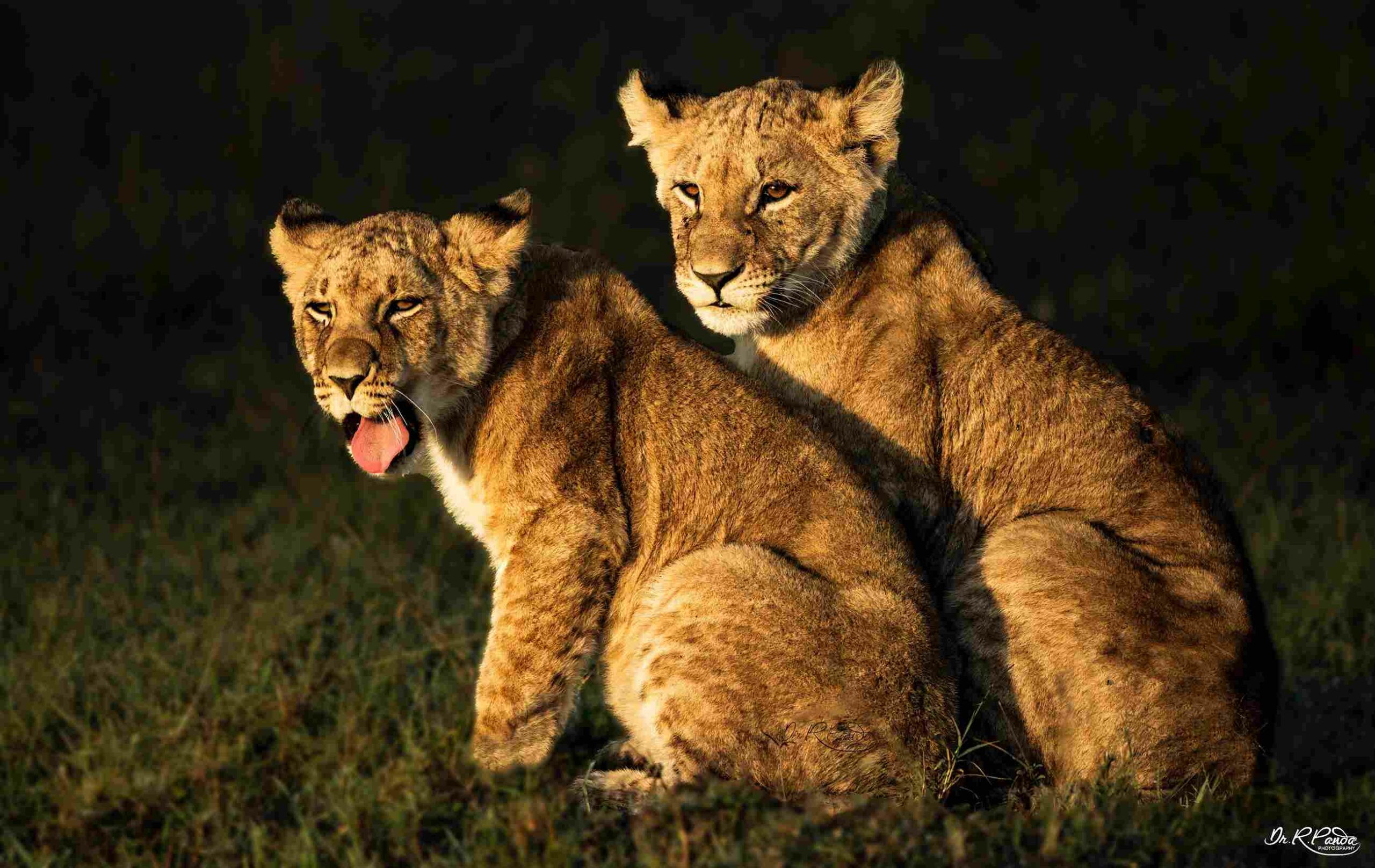
“The early morning rays illuminate two lion cubs in Masai Mara,” notes Dr Ramakanta. “Captured in a moment of solitude, these sisters who are just a few months old, were left to explore on their own while their mothers were away hunting. This enchanting shot encapsulates the essence of a tranquil African morning.”
8. Dawn
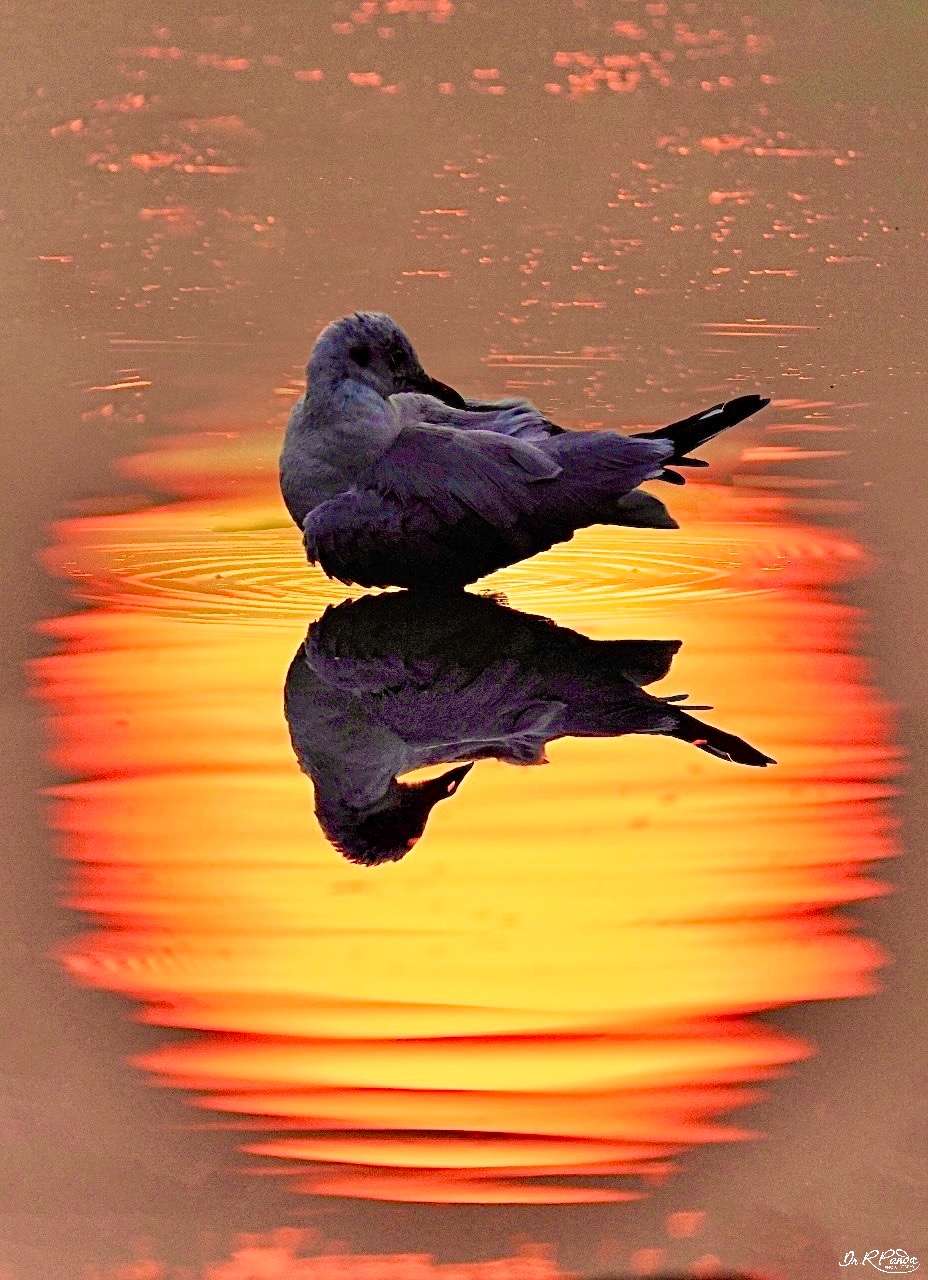
Sunrises, well before the city of Mumbai wakes up, are some of Dr Ramakanta’s favourite moments. This shot too was captured during one of them. He shares, “The tranquil beauty of a sunrise envelops a seagull in this photograph, taken at Mumbai’s DPS lake. The location is famed for hosting not only flamingos but a variety of marine and aquatic birds. This particular image captures the serene atmosphere during the golden hours of dawn.”
9. Black-winged kite
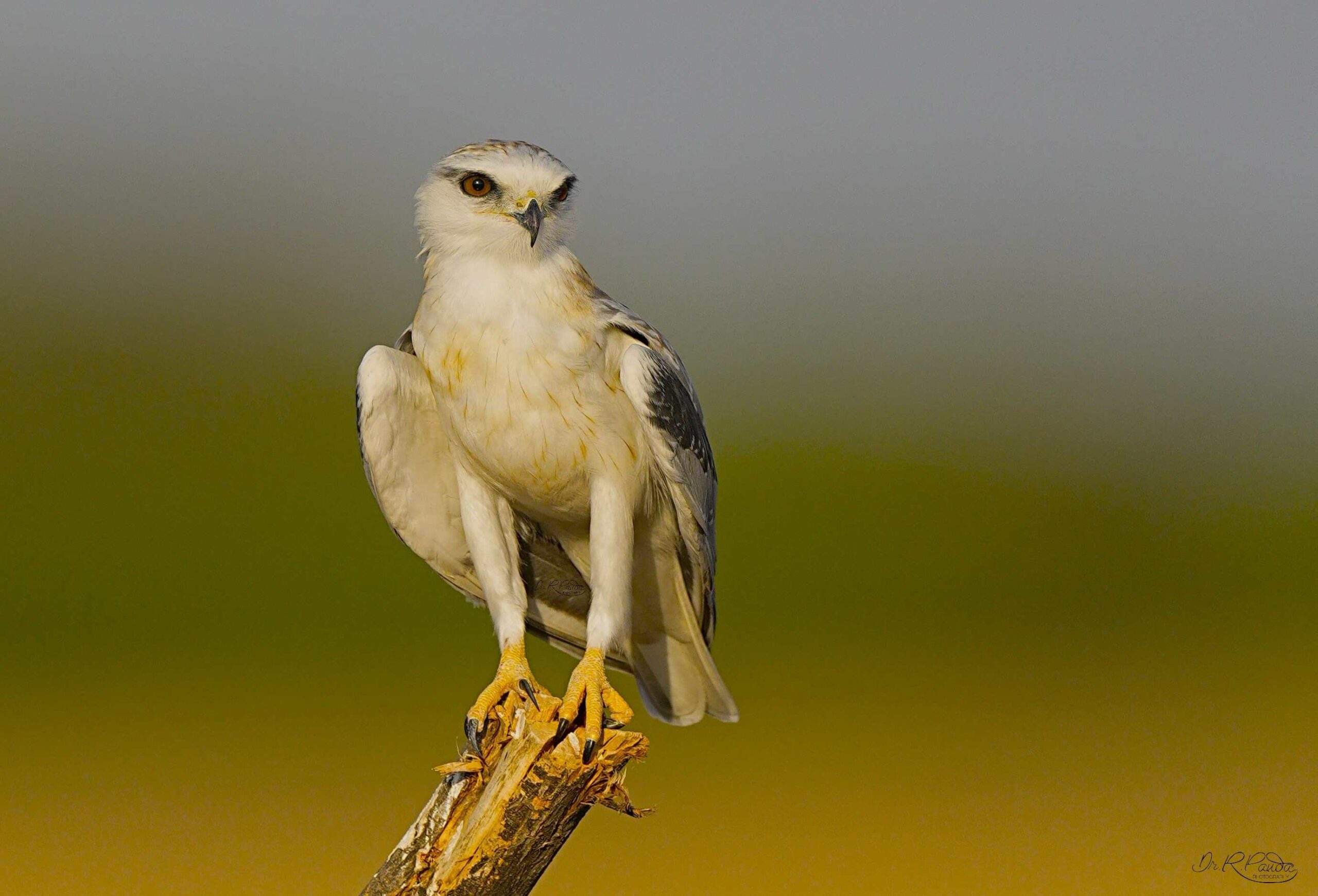
Against the backdrop of Tal Chhapar — a sanctuary in Rajasthan — a black-winged kite soars into the sky.
Dr Ramakanta explains that this “barren land” has been transformed over the years into a vibrant grassland. “Today, it teems with life, hosting over 5,000 blackbucks and various birds. During the migratory months of October to March, it emerges as a prime destination for observing predatory birds and an assortment of falcon species.”
10. The peacock
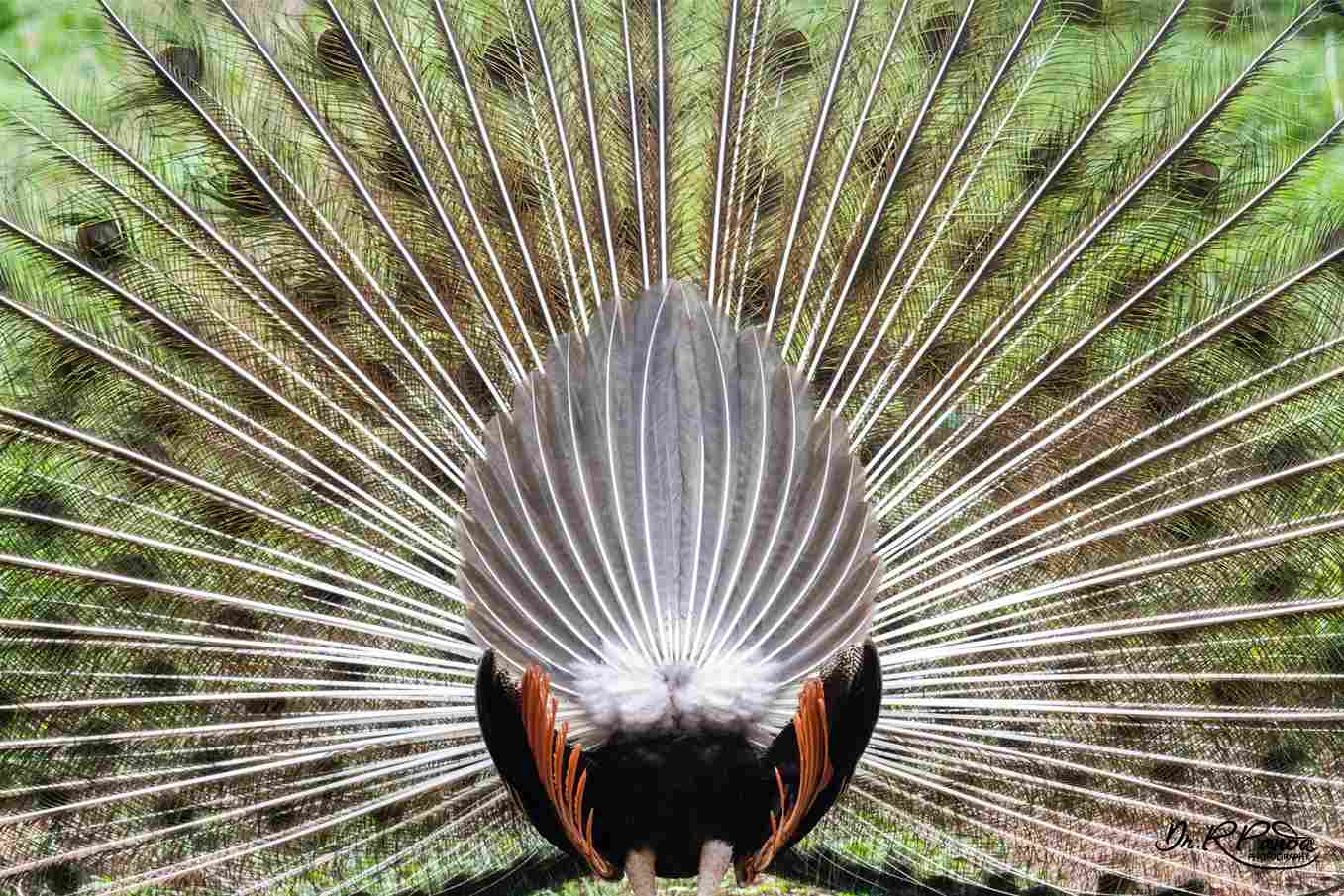
“I departed from the conventional perspective to capture the peacock’s rear view during its captivating dance,” the heart surgeon shares. “The idea behind doing this was to draw attention to the peacock’s symmetry, vibrant colours, and the unique charm of its intricate display.”
The shot was taken in Sariska National Park of Rajasthan. If you found our stories insightful, informative, or even just enjoyable, we invite you to consider making a voluntary payment to support the work we do at The Better India. Your contribution helps us continue producing quality content that educates, inspires, and drives positive change. Choose one of the payment options below for your contribution- By paying for the stories you value, you directly contribute to sustaining our efforts focused on making a difference in the world. Together, let’s ensure that impactful stories continue to be told and shared, enriching lives and communities alike. Thank you for your support. Here are some frequently asked questions you might find helpful to know why you are contributing?

You can explore more of Dr Panda’s work here.
Edited by Pranita Bhat
This story made me
-
97
-
121
-
89
-
167











